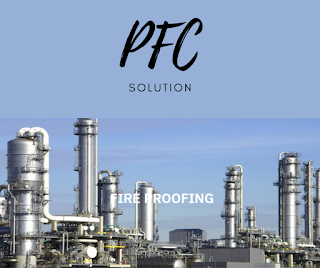DIFFERENTIATE BETWEEN
ACTIVE FIRE PROTECTION AND PASSIVE FIRE PROTECTION
Two types of fire
protection
Fire protection consists of two general types that are active fire protection and passive fire protection. The benefit of understanding both fire protections is that you can quickly apply both methods for better protection and safety of your building. You should choose an excellent Passive fire consultant India for the amazing safety of the building.
·
Active
fire protection
The active fire protection consists of some special groups of a system that operates on some notification or some amount of action for proper working. These operations or actions can be fire extinguisher or sprinkler. Therefore, when these systems notice some smoke or fire, it starts working for slowing down the fire to its correct amount. It helps in slowing down the fire until the firefighters arrive in the building.
·
Passive
fire protection
The group of systems of Passive fire protection provides safety to the building by using fire-resistant rated walls as well as floors. The Passive fire consultantIndia helps in keeping the fire away from the people, and also, offers time to the people to escape simultaneously. These protection systems use dampers for the prevention of the spread of fire under the ductwork system of the buildings. It also helps in keeping the dark flames away from the walls and floors.
Difference between
active and passive fire protection
The Passive fire consultant India helps in dividing the entire building into different portions of the compartments. This group of the system consists of fire-resistant devices that help in protecting the doors and walls from excess fire. On the other hand, active fire protection works over the small portion of the fire with the help of fire extinguishers. Some of the systems of active fire protection are manual, that is why people do not use this system. However, on the other side, passive fire protection works over automatic systems.
The smoke detectors, fire extinguishers, and fire alarms are some of the systems of active fire protection. However, all the automatic fire-resistant walls and floor systems come under the system of passive fire consultant India.
Conclusion


